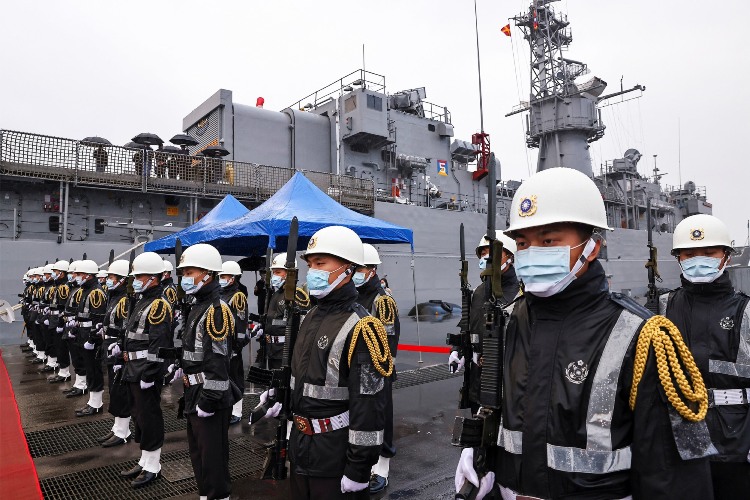
The media, however, largely ignored a far more significant claim in that same report: that China would be ready to conduct ‘intelligentized’ warfare by 2027, enabling the Chinese to effectively resist any US military response should it decide to invade the island of Taiwan, which they view as a renegade province.
When the US department of defence released its annual report on Chinese military strength in early November, one claim generated headlines around the world. By 2030, it suggested, China would probably have 1,000 nuclear warheads — three times more than at present and enough to pose a substantial threat to the United States. As a Washington Post headline put it, typically enough: ‘China accelerates nuclear weapons expansion, seeks 1,000 warheads or more, Pentagon says.’
The media, however, largely ignored a far more significant claim in that same report: that China would be ready to conduct ‘intelligentized’ warfare by 2027, enabling the Chinese to effectively resist any US military response should it decide to invade the island of Taiwan, which they view as a renegade province. To the newsmakers of this moment, that might have seemed like far less of a headline-grabber than those future warheads, but the implications couldn’t be more consequential. Let me, then, offer you a basic translation of that finding: as the Pentagon sees things, be prepared for World War III to break out any time after January 1, 2027.
To appreciate just how terrifying that calculation is, four key questions have to be answered. What does the Pentagon mean by ‘intelligentized’ warfare? Why would it be so significant if China achieved it? Why do US military officials assume that a war over Taiwan could erupt the moment China masters such warfare? And why would such a war over Taiwan almost certainly turn into World War III, with every likelihood of going nuclear?
Why ‘intelligentization’ matters
First, let us consider ‘intelligentized’ warfare. Pentagon officials routinely assert that China’s military, the People’s Liberation Army, already outmatches the US in sheer numbers — more troops, more tanks, more planes, and especially more ships. Certainly, numbers do matter, but in the sort of high-paced ‘multi-domain’ warfare American strategists envision for the future, ‘information dominance’ — in the form of superior intelligence, communications, and battlefield coordination — is expected to matter more. Only when the People’s Liberation Army is ‘intelligentized’ in this fashion, so the thinking goes, will it be able to engage US forces with any confidence of success.
The naval aspect of the military balance between the two global powers is considered especially critical since any conflict between them is expected to erupt either in the South China Sea or in the waters around Taiwan. Washington analysts regularly emphasise the PLA’s superiority in sheer numbers of combat naval ‘platforms.’ A Congressional Research Service report released in October, for instance, noted that ‘China’s navy is, by far, the largest of any country in East Asia, and within the past few years it has surpassed the US navy in numbers of battle force ships, making China’s navy the numerically largest in the world.’ Statements like these are routinely cited by Congressional hawks to secure more naval funding to close the ‘gap’ in strength between the two countries.
As it happens, though, a careful review of comparative naval analyses suggests that the US still enjoys a commanding lead in critical areas like intelligence collection, target acquisition, anti-submarine warfare, and data-sharing among myriad combat platforms — sometimes called C4ISR (for command, control, communications, computers, intelligence, surveillance, and reconnaissance), or to use the Chinese terms, ‘informationized’ and ‘intelligentized’ warfare.
‘Although China’s naval modernisation effort has substantially improved China’s naval capabilities in recent years,’ the Congressional Research Service report noted, ‘China’s navy currently is assessed as having limitations or weaknesses in certain areas, including joint operations with other parts of China’s military, antisubmarine warfare, [and] long-range targeting.’
This means that, at the moment, the Chinese would be at a severe disadvantage in any significant encounter with American forces over Taiwan, where mastery of surveillance and targeting data would be essential for victory. Overcoming its C4ISR limitations has, therefore, become a major priority for the Chinese military, superseding the quest for superiority in numbers alone. According to the 2021 Pentagon report, this task was made a top-level priority in 2020 when the 5th Plenum of the 19th Central Committee established ‘a new milestone for modernisation in 2027, to accelerate the integrated development of mechanisation, informatization, and intelligentization of the PRC’s armed forces.’ The achievement of such advances, the Pentagon added, ‘would provide Beijing with more credible military options in a Taiwan contingency.’
Five years is not a lot of time in which to acquire mastery over such diverse and technically challenging military capabilities, but American analysts nonetheless believe that the People’s Liberation Army is well on its way to achieving that 2027 milestone. To overcome its ‘capability gap’ in C4ISR, the Pentagon report noted, ‘the PLA is investing in joint reconnaissance, surveillance, command, control, and communications systems at the strategic, operational, and tactical levels.’
If, as predicted, China succeeds by 2027, it will then be able to engage the US navy in the seas around Taiwan and potentially defeat it. This, in turn, would allow Beijing to bully the Taiwanese without fear of intervention from Washington. As suggested by the Defence Department in its 2021 report, China’s leadership has ‘connected the PLA’s 2027 goals to developing the capabilities to counter the US military in the Indo-Pacific region and compel Taiwan’s leadership to the negotiation table on Beijing’s terms.’
Beijing’s Taiwan nightmare
Ever since Chiang Kai-shek and the remnants of his Chinese Nationalist Party (the Kuomintang, or KMT) fled to Taiwan after the Communist takeover of China in 1949, establishing the Republic of China on that island, the Communist Party leadership in Beijing has sought Taiwan’s ‘reunification’ with the mainland. Initially, Taiwanese leaders also dreamed of reconquering the mainland (with US help, of course) and extending the Republic of China’s sway to all of China. But after Chiang died in 1975 and Taiwan transitioned to democratic rule, the KMT lost ground to the Democratic Progressive Party (DPP), which eschews integration with the mainland, seeking instead to establish an independent Taiwanese state.
As talk of independence has gained favour there, Chinese officials have sought to coax the Taiwanese public into accepting peaceful reunification by promoting cross-Strait trade and tourism, among other measures. But the appeal of independence appears to be growing, especially among younger Taiwanese who have recoiled at Beijing’s clampdown on civil liberties and democratic rule in Hong Kong — a fate they fear awaits them, should Taiwan ever fall under mainland rule. This, in turn, has made the leadership in Beijing increasingly anxious, as any opportunity for the peaceful reunification of Taiwan appears to be slipping away, leaving military action as their only conceivable option.
President Xi Jinping expressed the conundrum Beijing faces well in his November 15th Zoom interchange with president Biden. ‘Achieving China’s complete reunification is an aspiration shared by all sons and daughters of the Chinese nation,’ he stated. ‘We have patience and will strive for the prospect of peaceful reunification with utmost sincerity and efforts. That said, should the separatist forces for Taiwan independence provoke us, force our hands, or even cross the red line, we will be compelled to take resolute measures.’
In fact, what Xi calls the ‘separatist forces for Taiwan independence’ have already gone far beyond provocation, affirming that Taiwan is indeed an independent state in all but name and that it will never voluntarily fall under mainland rule. This was evident, for example, in an October 10th address by Taiwanese president Tsai Ing-wen. The island, she declared, must ‘resist annexation or encroachment upon our sovereignty,’ directly rejecting Beijing’s right to ever rule Taiwan.
But if China does use force — or is ‘compelled to take resolute measures,’ as Xi put it — Beijing would likely have to contend with a US counter-strike. Under existing legislation, notably the 1979 Taiwan Relations Act, the United States is under no obligation to aid Taiwan in such circumstances. However, that act also states that any use of force to alter Taiwan’s status will be viewed as a matter ‘of grave concern to the United States’ — a stance known as ‘strategic ambiguity’ as it neither commits this country to a military response, nor rules it out.
Recently, however, prominent figures in Washington have begun calling for ‘strategic clarity’ instead, all but guaranteeing a military response to any Chinese strike against the island. ‘The United States needs to be clear that we will not allow China to invade Taiwan and subjugate it,’ Arkansas Republican senator Tom Cotton typically said in a February 2021 address at the Ronald Reagan Institute. ‘I think the time has come to be clear: Replace strategic ambiguity with strategic clarity that the United States will come to the aid of Taiwan if China was to forcefully invade Taiwan or otherwise change the status quo across the [Taiwan] Strait.’
President Biden, too, seemed to embrace just such a position recently. When asked during an October CNN ‘town hall’ whether the United States would protect Taiwan, he answered bluntly, ‘Yes, we have a commitment to do that.’ The White House would later walk that statement back, insisting that Washington still adheres to the Taiwan Relations Act and a ‘One China’ policy that identifies both Taiwan and mainland China as part of a single nation. Nonetheless, the administration has continued to conduct massive air and sea manoeuvres in the waters off Taiwan, suggesting an inclination to defend Taiwan against any future invasion.
Clearly, then, Chinese policymakers must count on at least the possibility of US military intervention should they order an invasion of Taiwan. And from their perspective, this means it won’t be safe to undertake such an invasion until the People’s Liberation Army has been fully intelligentized — a milestone it will achieve in 2027, if the Pentagon analysis is correct.
* Michael Klare is the five-college professor emeritus of peace and world security studies at Hampshire College and a senior visiting fellow at the Arms Control Association






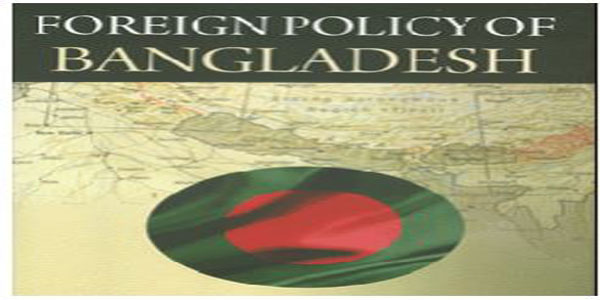
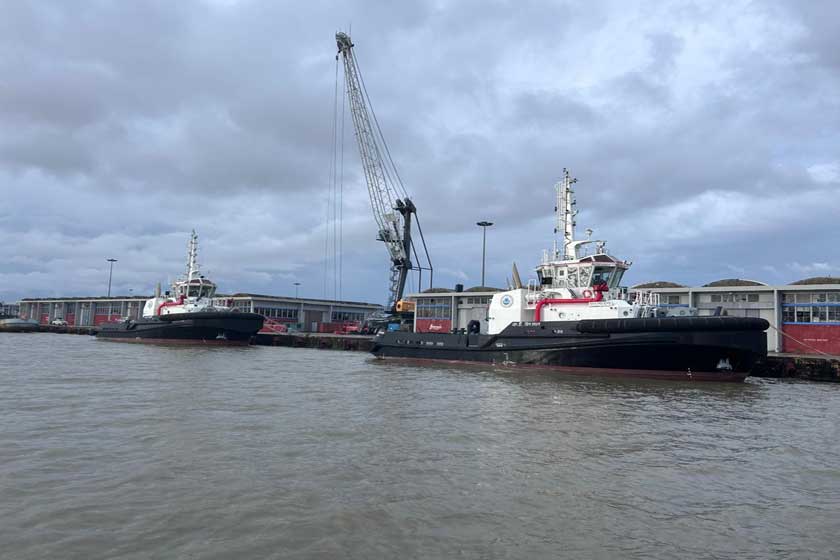

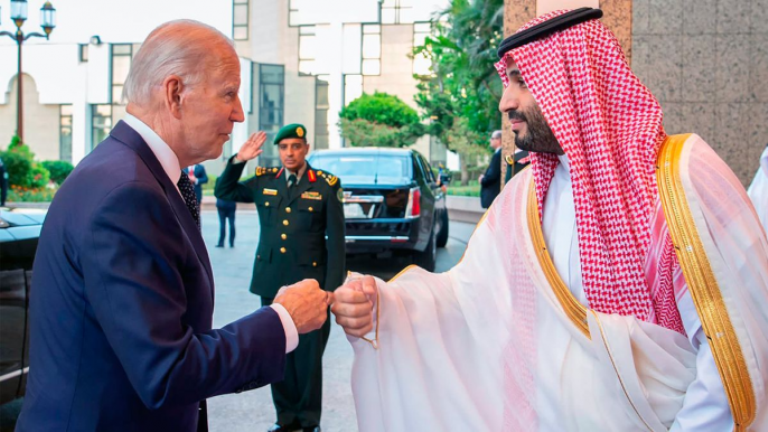

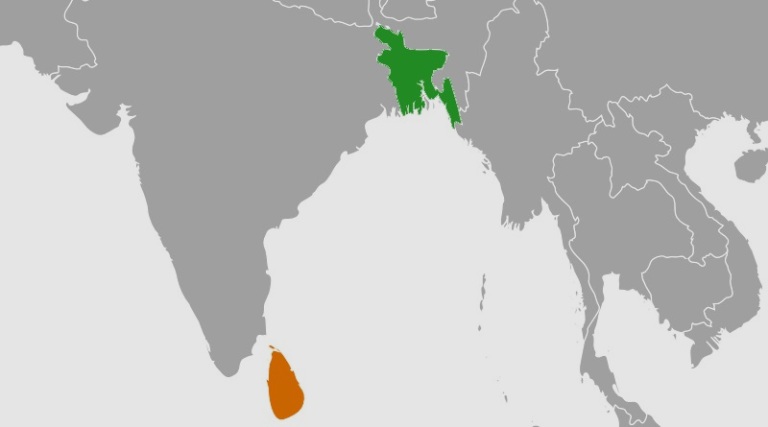
0 Comments